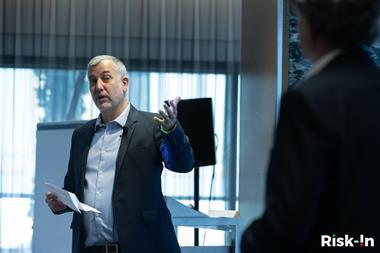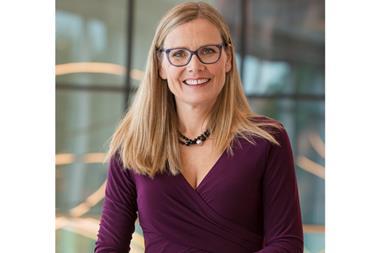Over half of business leaders do not feel adequately prepared for the impact of inflation - Beazley
Events such as the war in Ukraine and growing inflation have “significantly altered” business leaders’ perceptions of risks, with corresponding risk resilience falling dramatically since 2021.
This is according to insurer Beazley’s latest Risk and Resilience 2021 research, published today (13 June 2022). This showed that the proportion of surveyed UK and US business leaders ranking war and terror as their biggest risk was up by 46% compared to last year’s survey.
Inflation was also a dominant threat for those who took part in the survey, with 55% of business leaders stating that they did not feel they were sufficiently resilient to deal with its impacts.
Beazley’s research surveyed 1,000 business leaders and insurance buyers from across the UK and US during January 2022, with represented business areas including health and life sciences, financial institutions, manufacturing and tech, media and telecoms.
Respondents also reported a fall in perceived resilience since last year, with 10% fewer respondents feeling “very prepared” for war and terror and 8% feeling the same for economic risks.
Beazley said that the insurance sector needed to put supporting clients at the forefront of its thinking when assessing the availability and cost of cover in exposed lines, such as war and terror and trade credit.
Point of inflection
Roddy Barnett, Beazley’s head of political risks and trade credit, said: “Against a challenging backdrop, business strategies are now at a point of inflection.
“Even those territories far removed from the theatre of war in Eastern Europe are feeling the impact of global sanctions and commodity shortages on risks across the board, from supply chain to political risk and trade credit.
“Businesses need to know that as we face a moment of geopolitical change, which is fraught with unpredictability, they can protect overseas physical assets and their human capital, both at home and abroad, by actively investing in a mixture of risk management and effective insurance cover.”




















No comments yet